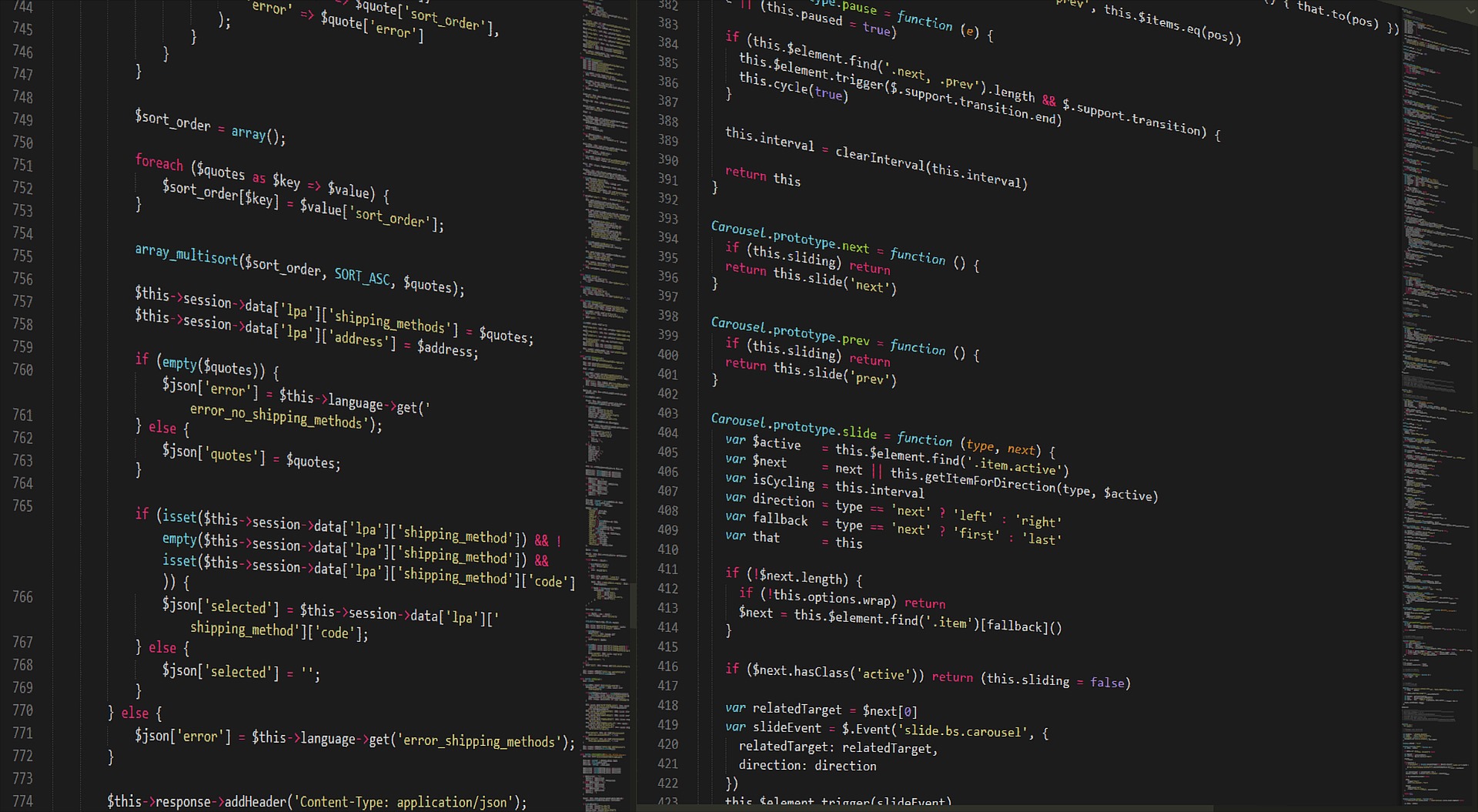참고)
싱글톤 패턴(Singleton pattern) 정의 및 간단한 코드 예제는 https://codehouse.tistory.com/9 에서 확인 할 수 있다. 반드시 해당 페이지에서 기본 정의에 대하여 숙지 하고 난 이후에 해당 예제 코드를 보기 바란다.
1. 블루투스(bluetooth) 신호 감지 및 등록 Singleton 예제
싱글톤패턴 예제로 블루투스의 신호를 감지하고, 기기를 등록 혹은 삭제하는 예제코드를 짜보기로 한다.
1-1 클래스 다이어그램(Class Diagram)

A - iMachine인터페이스와 laptop, phone, computer객체를 두어 블루투스 신호를 가진 기기를 구현한다.
B - BlueToothSingleton객체에서 모니터링 및 기기 삭제, 등록 역할을 수행한다. 해당 인스턴스는 lazyholder 클래스에서 한번만 생성하게된다.
1-2 예제상세
imachine.java
|
1
2
3
4
5
6
7
8
|
package exSingleton.common;
public interface iMachine {
public void onSignal();
public void offSignal();
public boolean getStatus();
public String getName();
}
|
computer.java
|
1
2
3
4
5
6
7
8
9
10
11
12
13
14
15
16
17
18
19
20
21
22
23
24
25
26
27
28
29
|
package exSingleton.common;
public class computer implements iMachine {
private boolean signal;
private String name = "computer";
public computer() {
this.signal = false;
}
@Override
public void onSignal() {
this.signal = true;
}
@Override
public void offSignal() {
this.signal = false;
}
public boolean getStatus() {
return this.signal;
}
public String getName() {
return name;
}
}
|
laptop.java
|
1
2
3
4
5
6
7
8
9
10
11
12
13
14
15
16
17
18
19
20
21
22
23
24
25
26
27
28
|
package exSingleton.common;
public class laptop implements iMachine{
private boolean signal;
private String name = "laptop";
public laptop() {
this.signal = false;
}
@Override
public void onSignal() {
this.signal = true;
}
@Override
public void offSignal() {
this.signal = false;
}
public boolean getStatus() {
return this.signal;
}
public String getName() {
return name;
}
}
|
phone.java
|
1
2
3
4
5
6
7
8
9
10
11
12
13
14
15
16
17
18
19
20
21
22
23
24
25
26
27
28
|
package exSingleton.common;
public class phone implements iMachine{
private boolean signal;
private String name = "phone";
public phone() {
this.signal = false;
}
@Override
public void onSignal() {
this.signal = true;
}
@Override
public void offSignal() {
this.signal = false;
}
public boolean getStatus() {
return this.signal;
}
public String getName() {
return name;
}
}
|
BlueToothSingleton.java
|
1
2
3
4
5
6
7
8
9
10
11
12
13
14
15
16
17
18
19
20
21
22
23
24
25
26
27
28
29
30
31
32
33
34
35
36
37
38
39
40
41
42
43
44
45
46
47
48
49
50
51
52
53
54
55
56
57
58
59
60
61
62
63
64
65
66
|
package exSingleton;
import java.util.ArrayList;
import java.util.HashMap;
import exSingleton.common.iMachine;
public class BlueToothSingleton {
private ArrayList<iMachine> onSignalmachine= new ArrayList<iMachine>();
private ArrayList<iMachine> registMachine = new ArrayList<iMachine>();
//생성자를 private으로 지정하여 client에서 객체생성을 금지한다.
private BlueToothSingleton() {}
//JVM에서 생성시에 해당 inner클래스를 이용하여 인스턴스를 생성시킨다.
public static class lazyholder {
private static final BlueToothSingleton singleton = new BlueToothSingleton();
}
//getInstance호출시 객체 return
public static BlueToothSingleton getInstance() {
return lazyholder.singleton;
}
public void startMonitoring(iMachine machine) {
if(machine.getStatus()) {
this.onSignalmachine.add(machine);
}
}
public void stopMonitoring() {
if(!this.onSignalmachine.isEmpty())
}
public void printMonitorMachine() {
}
}
public void registerMachine(iMachine machine) {
if(machine.getStatus()) {
this.registMachine.add(machine);
}else {
System.out.println("해당장비를 등록 할 수 없습니다.");
}
}
public void removeMachine(iMachine machine) {
System.out.println(machine.getName() + " 이 등록 해제 되었습니다.");
}
}
}
public void printRegisterMachine() {
}
}
}
|
BlueTooth.java
|
1
2
3
4
5
6
7
8
9
10
11
12
13
14
15
16
17
18
19
20
21
22
23
24
25
26
27
28
29
30
31
32
33
34
35
36
37
38
39
40
41
42
43
44
45
46
47
48
49
50
51
52
53
54
55
56
57
58
59
60
61
62
63
64
65
66
67
68
69
|
package exSingleton;
import exSingleton.common.computer;
import exSingleton.common.iMachine;
import exSingleton.common.laptop;
import exSingleton.common.phone;
public class BlueTooth {
public static void main(String[] args) {
//첫번째 bluetooth 감지 시나리오
iMachine computer = new computer();
iMachine phone = new phone();
iMachine laptop = new laptop();
computer.onSignal();
phone.offSignal();
laptop.onSignal();
//singleton 인스턴스 생성
BlueToothSingleton singleton1 = BlueToothSingleton.getInstance();
//모니터링에 machine 추가
singleton1.startMonitoring(computer);
singleton1.startMonitoring(phone);
singleton1.startMonitoring(laptop);
//감지된 machine 리스트 출력
singleton1.printMonitorMachine();
//machine 등록
singleton1.registerMachine(computer);
singleton1.registerMachine(laptop);
//등록된 machine 리스트 출력
singleton1.printRegisterMachine();
//모니터링 해제
singleton1.stopMonitoring();
//phone을 onsignal로 교체
phone.onSignal();
//singleton 인스턴스 생성
BlueToothSingleton singleton2 = BlueToothSingleton.getInstance();
//모니터링에 machine추가
singleton2.startMonitoring(computer);
singleton2.startMonitoring(phone);
singleton2.startMonitoring(laptop);
//감지된 machine 리스트 출력
singleton2.printMonitorMachine();
//등록된 machine중 computer 삭제
singleton2.removeMachine(computer);
//phone machine 등록
singleton2.registerMachine(phone);
//등록된 machine 리스트 출력
singleton2.printRegisterMachine();
//모니터링 해제
singleton2.stopMonitoring();
}
}
|
결과)
블루투스가 켜져있는 기계 : computer
블루투스가 켜져있는 기계 : laptop
현재 등록된 기계 : computer
현재 등록된 기계 : laptop
블루투스가 켜져있는 기계 : computer
블루투스가 켜져있는 기계 : phone
블루투스가 켜져있는 기계 : laptop
computer 이 등록 해제 되었습니다.
현재 등록된 기계 : laptop
현재 등록된 기계 : phone
최초 BlueToothSingleton객체를 생성하고 기기를 등록하고 나서, 다시 새로운 BlueToothSingleton변수에 인스턴스를 생성하여도 기존에 등록된 기기 정보가 그대로 유지됨을 알 수 있다.
'디자인 패턴(Java)' 카테고리의 다른 글
| 자바 디자인패턴(Java Design pattern) - 싱글톤/싱글턴 패턴(Singleton pattern) (0) | 2019.08.25 |
|---|
